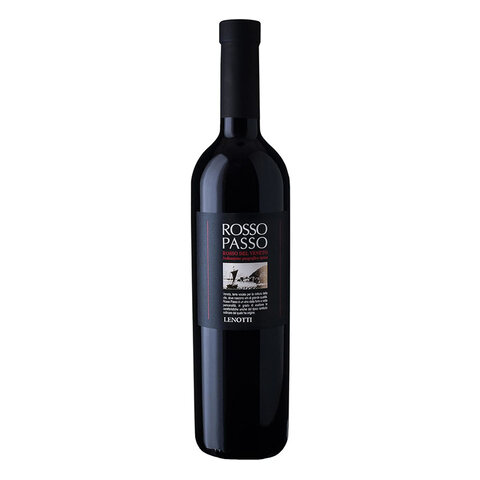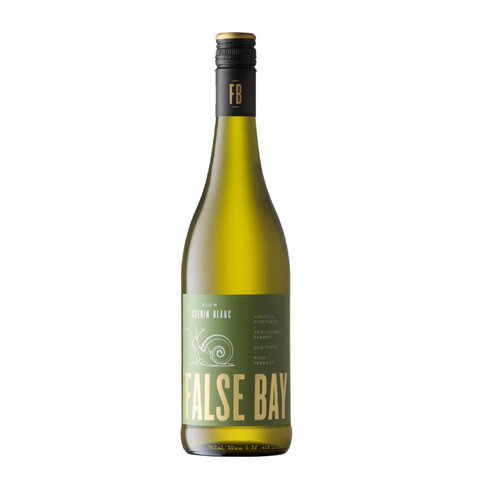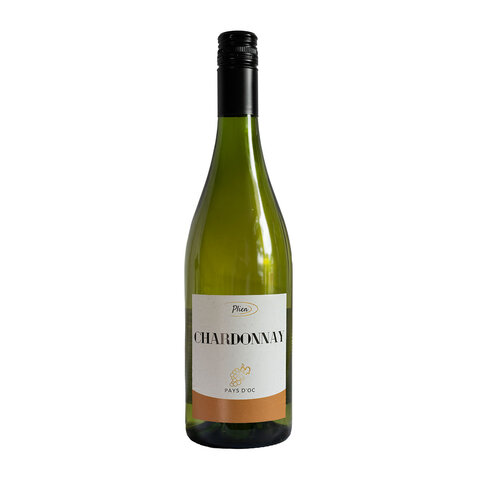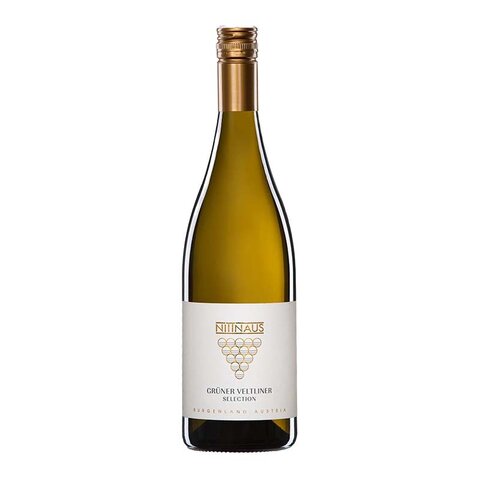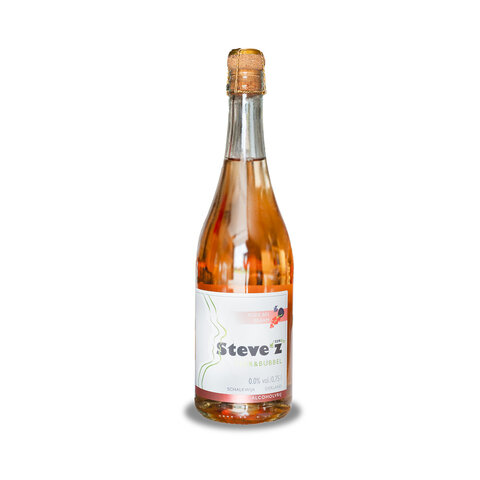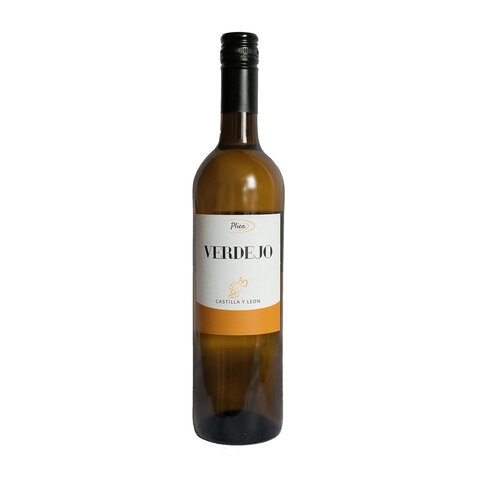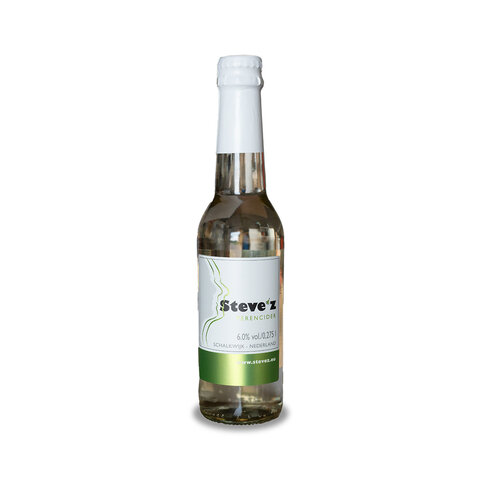Our wine selection offers a carefully curated collection for every taste and occasion. From elegant red wines with full flavors to crisp white wines and sparkling varieties. Explore distinctive wines from renowned wine regions and discover new favorites. Whether you are looking for a special bottle for a festive occasion, a perfect wine and food pairing, or simply want to enjoy a glass on a relaxing evening, our selection has something for everyone. Be inspired and taste the diversity and quality that makes wines so special. Discover your ideal wine and experience every sip!
What is the difference in grapes? There are many grape varieties that are used for wine production, and each grape has unique characteristics that affect the taste and aroma of the wine. Here are some popular grape varieties and their differences:
Cabernet Sauvignon: This red grape is known worldwide and produces wines with full bodies, firm tannins and an aroma of blackcurrant, spice and tobacco. It is often found in regions such as Bordeaux and Napa Valley.
Merlot: Another popular red grape, Merlot produces softer, fruitier wines with notes of plum, cherry and chocolate. These wines are often less tannic than Cabernet Sauvignon.
Pinot Noir: Mostly associated with Burgundy, this grape produces lighter red wines with delicate aromas of strawberry, raspberry and spice. Pinot Noir is difficult to grow, but produces refined, elegant wines.
Chardonnay: One of the most popular white grape varieties, Chardonnay produces wines that range from fresh and citrusy (e.g. Chablis) to rich and buttery (e.g. California). It is a versatile grape that responds well to a variety of winemaking techniques.
Sauvignon Blanc: This grape produces fresh, aromatic wines with strong citrus and grassy notes. Wines from regions such as the Loire and New Zealand are famous for their lively acidity and fragrant character.
Riesling: A white grape that is usually used for sweeter wines, but also produces dry varieties. Riesling wines often have a pronounced aroma of peach, honey and flowers, with a pleasant acidity.
Syrah: This grape produces full, powerful wines with flavours of black pepper, berries and smoke. In France it is often called 'Syrah', while in Australia it is known as 'Shiraz'.
Differences: The main difference between grape varieties lies in the taste, aroma, tannin structure, and acidity. Red grapes such as Cabernet Sauvignon and Merlot often have more tannins, which provides a fuller mouthfeel and a longer shelf life. White grapes such as Chardonnay and Sauvignon Blanc are generally lighter and fresher, with more emphasis on aromas and acidity. The climate and soil of the growing region also play a major role in how the wine develops.
How is the range composed? It is not difficult to include good wines in the range. However, it is always a challenge to find the best wine for an amount of around 10 euros. The range at Kaas & Borrelz is composed based on taste, origin, price and sustainability. In addition, it is important that the wine is accessible. This means that the wine must always be available, so that you can enjoy your favorite wine at all times.
What are Tannins? Tannins are natural substances that are mainly found in the skin, seeds and stems of grapes. They provide that well-known bitter, drying sensation in your mouth, which is often described as a "bushy" taste. You notice this especially in red wines, because they often remain in contact with the skins and seeds for longer. Tannins not only give the wine character, but also ensure that the wine can mature well and can be stored for longer. When they are well balanced, they contribute to a more complex taste experience, which goes well with the fruity and sour notes of the wine.
What is the best way to store wine? Wine is best stored in a cool, dark place with a constant temperature of around 12°C and a humidity of 50-70%. Store bottles lying down to keep the cork moist, and ensure a stable environment without fluctuations or vibrations. A wine cellar or wine refrigerator is ideal for long-term storage.
What does terroir mean? Terroir is a French term that describes the combination of natural environmental factors, such as soil, climate, topography, and even local microflora, that together influence the unique characteristics of a wine. The idea is that the environment in which the grapes grow determines the flavor and character of the wine.
For example, the Bordeaux region in France has a terroir with clay and limestone soils, a temperate climate, and a specific mix of wind and sun. This terroir is ideal for growing grapes such as Cabernet Sauvignon and Merlot, which together create the characteristically rich and complex wines of Bordeaux.
What is the difference between red and white wine? Red and white wine differ primarily in the grape varieties and the way they are made, which gives each their own flavor and character.
Red wine comes from red grapes, and during fermentation, the skins remain in contact with the juice. This gives the wine its rich colour, firm tannins and those complex, full flavours that we know from Cabernet Sauvignon or Merlot, for example. Red wines can range from fruity and spicy to somewhat more robust and smokier, depending on the grape and the terroir. They are usually served a little warmer (around 16-18°C), so that all the flavours come to the fore.
White wine is made from white grapes, but sometimes also from blue grapes without skins. This makes white wines lighter, without the tannins that we find in red wines. They often taste fresh and fruity, with fresh citrus, apple or floral aromas. White wines such as Chardonnay or Sauvignon Blanc can range from dry and tight to somewhat sweeter and more tropical. White wine is usually served a little colder (between 8-12°C), to emphasise the refreshing flavours.
In short, red wine is often fuller and more complex due to the tannins, while white wine is lighter and fresher. Each type has its own charm and is perfect for different moments and dishes!



